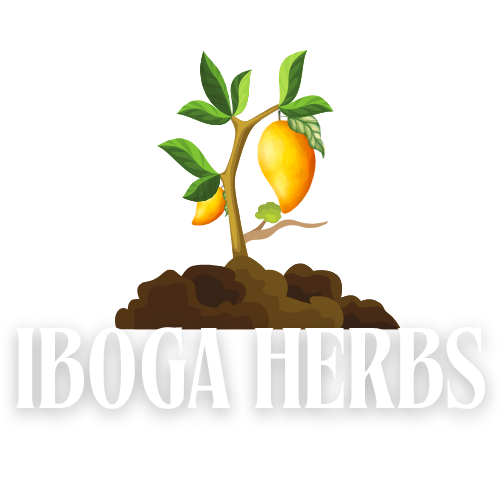What is Ibogaine
Ibogaine is a naturally derived, psychoactive alkaloid extracted from the root bark of the Tabrananthe iboga plant native to West-Central Africa. Ibogaine has two chief molecular ingredients, noribogaine and 18-methoxycoronaridine (18-MC), producing stimulatory and hallucinogenic effects.
Historically, ibogaine has been used in religious and initiatory ceremonies by the native people of West-Central Africa. It has also been used in low doses to treat fatigue, thirst, and hunger.
The United States Drug Enforcement Administration (DEA) categorizes ibogaine as a Schedule I drug. Schedule I drugs are defined as having no medically approved purpose and considered to have a high potential for abuse
Ibogaine Treatment and Success Rate
Ibogaine acts as a mild stimulant when taking in small doses. However, when they are taken in large doses, it can lead to a severe psychedelic state. Research suggests that large doses reduces opiate withdrawal symptoms, and can help with substance-related cravings.
Most people, with substance use addiction, have used large doses of Ibogaine to reduce opiates withdrawal and substance-related cravings. In most cases, the effect of Ibogaine treatment for addictions is short-lived, and even when successful, the safety and long-lasting effect of this treatment is questioned. Most of the recorded studies on humans have shown severe side effects, including; unexplained death after treatment, which may be linked to the use of Ibogaine for treatment.
Basics
Ibogaine is a naturally occurring psychoactive compound found in the root bark of the Tabernanthe iboga, a shrub native to Central and West Africa. How ibogaine works in the brain is not well understood. It interacts with numerous neurotransmitters in the central nervous system, including components of the acetylcholine, serotonin, dopamine, glutamate, and opioid systems. Its effects are prolonged, beginning half an hour to three hours after ingestion and peaking after eighteen to thirty-six hours.
History of Ibogaine
For centuries, members of the Bwiti religion have used iboga as a sacrament in rituals to bind themselves across time with their ancestors and descendants or with one another through a shared experience of consciousness. It is still used today by the Gabonese Fang people in religious ceremonies and as a stimulant and appetite suppressant.
Purified ibogaine hydrochloride was first introduced to European consumers in 1939 under the name Lambarène. It was sold in France until around 1970 as an antidepressant that could improve mood and physical strength, and was used by athletes and those recovering from illness. Ibogaine’s potential to interrupt drug addiction was first recognized in 1962 by Howard Lotsof, a heroin addict who experimented with ibogaine. The experience was so transformative Lotsof spent the rest of his life advocating for it as a cure for substance abuse. Chilean psychiatrist Claudio Naranjo also advocated for including ibogaine in therapy, something he describes in his 1973 book The Healing Journey.
Potential Benefits of Iboga
The experience is often described as being in a “waking dream.” At first users experience visual and sensory distortions. Some describe watching a panoramic readout or “slideshow” of past memories. Afterward, they report going through a period of reflection and having residual effects including heightened awareness, mild stimulation, and disturbed sleep for up to seventy-two hours. In high doses, ibogaine can induce intense hallucinations.
Potential Risks and Side Effects of Ibogaine
Ibogaine can be dangerous. There are numerous reports in the scientific literature of people having fatal cardiac events after taking ibogaine. Other side effects range from nausea and tremors to (less commonly) psychosis and mania to seizures and comas. Because ibogaine can affect the heartbeat, it can be particularly risky for people with preexisting cardiac problems or when mixed with other drugs.
Ibogaine Therapy
Ibogaine’s potential to interrupt drug addiction was first recognized in 1962 by Howard Lotsof. Since then, numerous studies have shown that ibogaine can help treat heroin, cocaine, and opioid withdrawal and addiction.
Legality of Ibogaine
In the United States, ibogaine is listed in Schedule I of the Controlled Substances Act, making both ibogaine and ibogaine-assisted therapy illegal outside of specially approved research settings. Some ibogaine clinics operate in countries where ibogaine is not legal or is in a gray area, including Mexico and New Zealand; responsible providers administer it only with close medical supervision that includes cardiac monitoring.
